“the Pursuit of Fish” Blog
It’s an honor to welcome Matthew Lourdeau of “Casting Across,” now contributing writings for all of us to enjoy! From catching his first “fly caught fish” on the Yellow Breeches (a brown trout!) to hosting a successful fly fishing podcast, Matthew is a fresh voice that promises to engage us in the culture of fly fishing. The works below are found only here, but you can read (and listen) to much more at “Casting Across.”
“On my return I found the party at camp; they had butchered the buffalo and brought in some more meat as I had directed. Goodrich had caught half a dozen very fine trout and a number of both species of the white fish. These trout are from sixteen to twenty three inches in length, precisely resemble our mountain or speckled trout in form and the position of their fins, but the specks on these are of a deep black instead of the red or gold color of those common to the U.' States. These are furnished long sharp teeth on the pallet and tongue and have generally a small dash of red on each side behind the front ventral fins; the flesh is of a pale yellowish red, or when in good order, of a rose red.” Meriwether Lewis, 13 June, 1805
While other explorers and generations of native peoples had encountered cutthroat trout, Lewis and Clark’s notes from their expedition were profound enough that later taxonomists would give them the name Salmo clarkii. In the excerpt from their journals above, pertinent to anglers is Lewis’ contrast of these new trout to “those common to the U.’ States.” Even a cursory observation demonstrated that cutthroats differed from the well-known brook trout.
Digital media is phenomenal. Even for an activity as niche as fly fishing, there are streaming videos, eBooks, and a cornucopia of online options. The information is dynamic, engaging, and relevant. But a day will come when the power is out and the devices aren’t charged. Alternatively, you might want something that is a little more timeless… or simply quieter.
Thankfully, there is a rich literary heritage within fly fishing. The landscape of the sport would be unrecognizable without the works or Izaak Walton, Norman Maclean, and John Gierach. Generations of anglers have learned of far-off destinations, followed fly tying instructions, and daydreamed of rising trout through the pages of a book. Books are not only educational and entertaining; their ideas and the tangible items themselves connect us.
Even with all the digital resources out there, every fly fisher should consider curating their own analog angling library.
How do you talk about fly fishing?
Over the years I’ve sold fly fishing gear, taught fly casting, and instructed teens in fly fishing. Recently, I’ve taken a few opportunities to write about fly fishing and talk about it on a podcast. The more I talk about fly fishing, the more I think about how I talk about fly fishing.
There are different situations, and people, that you’ll encounter. In my humble opinion, there are some tried and true tactics for communicating what fly fishing is and how it works. Here are three common circumstances:
Let’s face it: We’ve become all too comfortable sitting in front of our laptop in our sweatpants. Even prior to the pandemic, YouTube and other streaming options have spoiled us. Whether it be business meetings, online classes, or fly tying demonstrations, our commitment level has become commensurate with the quality of our Bluetooth headset.
Snap out of it, people. Don’t get sucked into this dystopian cyber-reality. Power down your screen, put on a pair of chinos, and get out with other real people. Someone tying flies, and a few dozen other interested anglers, for example.
“Why?” you may ask. “I can pause online videos. And they’re free. And, as you mentioned, sweatpants.”
Listen. I am not discounting the value of all of those. They have their times and places. But there is something (somethings, actually) that come with a live fly tying demonstration.
You can’t feel your fingers. Your breath is fogging up your sunglasses. Your waders are just a little bit frozen. Obviously, it is the perfect time to tie on a dry fly… in the size 22-28 range.
Even when bigger bugs aren’t fluttering around the stream, smaller insects are probably hatching. In long runs, glassy pools, and off-current eddies, trout of all sizes will orient themselves upwards. A midday sun or even precipitation can trigger insect activity.
“However,” you may object, “the flies are really tiny.”
True. But the fish don’t seem to mind. If you’re looking to take trout off the surface in January and February, midges are probably your only option.
If you haven’t committed to making midges part of your winter angling repertoire, here are three things that will hopefully encourage you to do so:
That is me. And I’ve obviously caught a largemouth bass. Aside from those two facts there’s not a lot of certainty I have about this picture.
Why should that matter to me? Or, more pertinently for the reader, why should this photographic mystery matter to you?
Let’s not kid ourselves or anyone else. Fly fishing is expensive.
It doesn’t have to be… but it often is. You can get by with only the essentials… but most of us want a few more odds and ends to make it easier or more fun.
That doesn’t mean that you need top of the line everything. There are some things that are worth a few extra dollars. Usually, upgrading some of the most important and helpful gear is going to cost you less than the tank of gas for your next fishing trip.
Here’s my take on three items worth spending a little more for, and three things that you don’t have to break the bank on for quality fly fishing:
If you’ve been fly fishing for any amount of time, I hope you’ve come to the realization that most outings aren’t going to look like the centerfold of Gray’s Sporting Journal. There’s a few reasons for this: the fish, the river, and you.
Let’s start with you. Never, ever do you fantasize about untangling the nymph rig that has somehow spiderwebbed itself into a cat’s cradle. Yet there you are. You had a few long, picturesque casts. But the last one had a little something off. Maybe it was your wrist. Maybe you were distracted by a fish rising upstream. Maybe your phone buzzed in your front wader pocket. Regardless, you’re no longer shadow casting like Brad Pitt. You’re spending four times as long unweaving your bespoke furled leader as you would if you’d just admit defeat and tie on the streamer you’ll end up using.
When I moved from Pennsylvania to New England, I was initially very discouraged that the swampy rivers and hit or miss tail waters were nothing like my Keystone trout haunts. In retrospect, it was a bad attitude to have. After a few years I warmed up to the diverse opportunities that were in my backyard. I brainstormed, problem solved, and troubleshot my way through figuring out a new way of trout fishing.
As I fussed over getting familiar with local trout rivers, I completely overlooked what should have been an immediate go-to. I realize now that the biggest opportunity that took too far long for a three-weight aficionado to appreciate was only a few miles away.
The ocean.
Matthew Lourdeau writes about the quarry and culture of fly fishing on Casting Across. He also publishes a weekly podcast of the same name. Matthew lives in New England with his wife and four boys. Half an hour from striped bass on the coast and half an hour from brook trout in the hills, he considers himself very blessed.
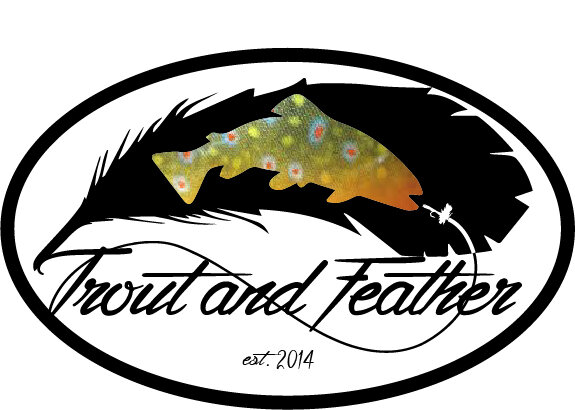
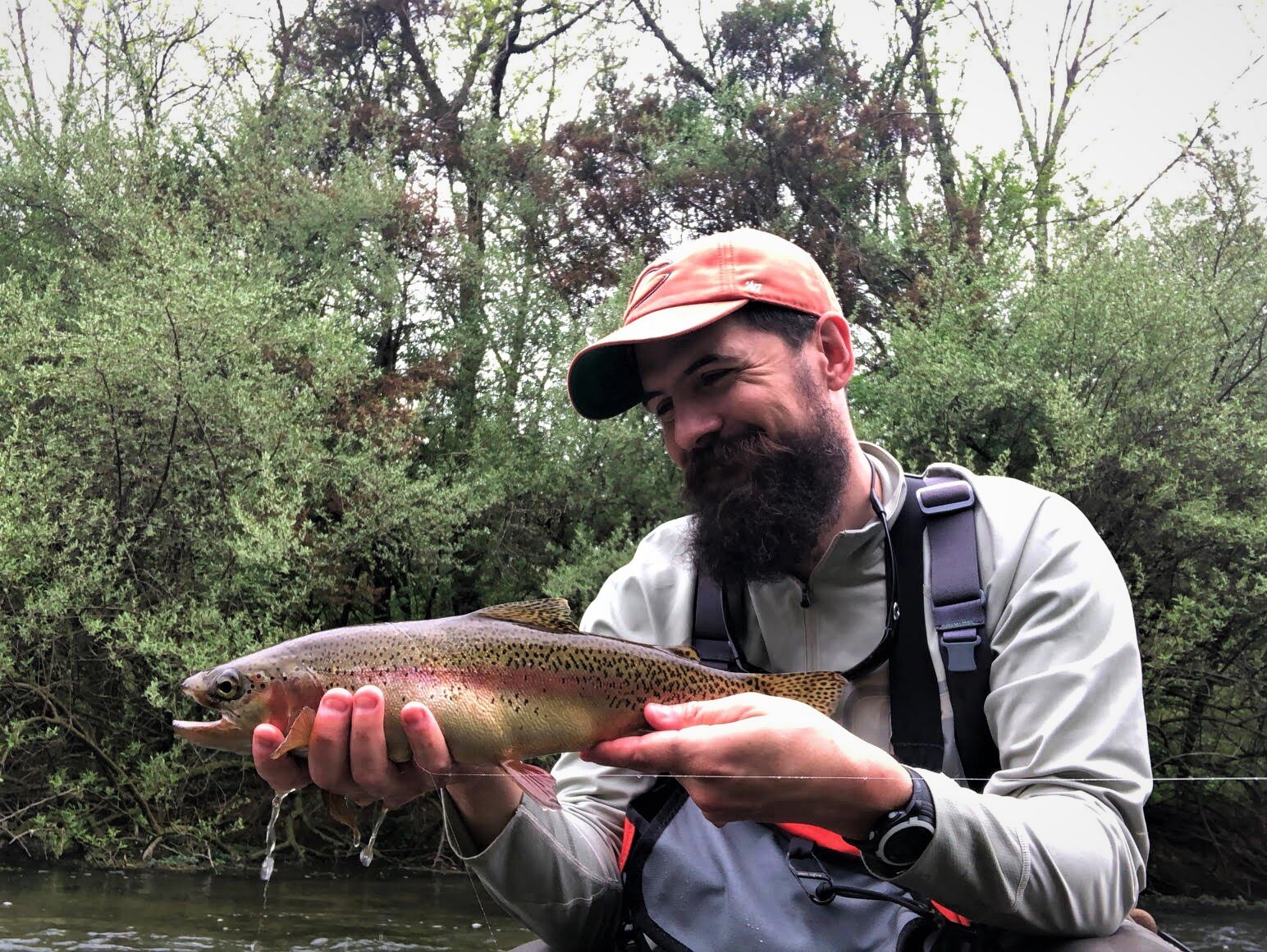
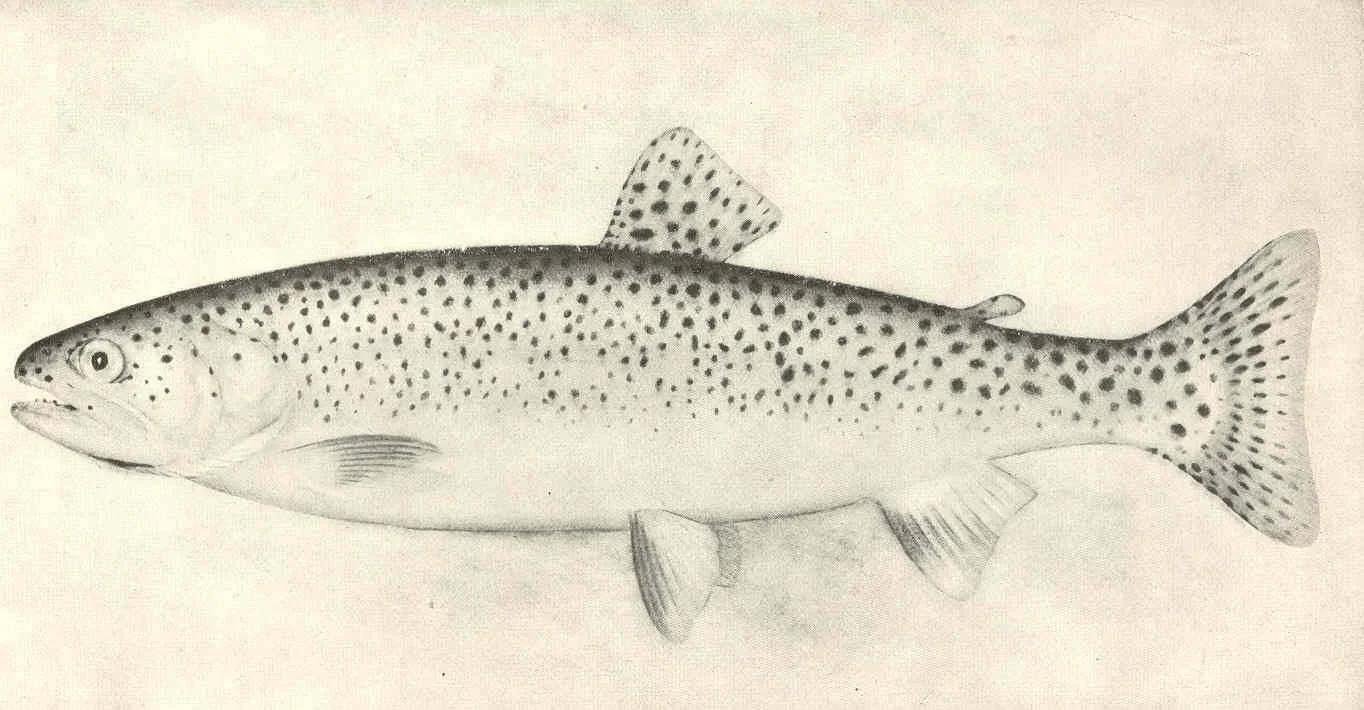
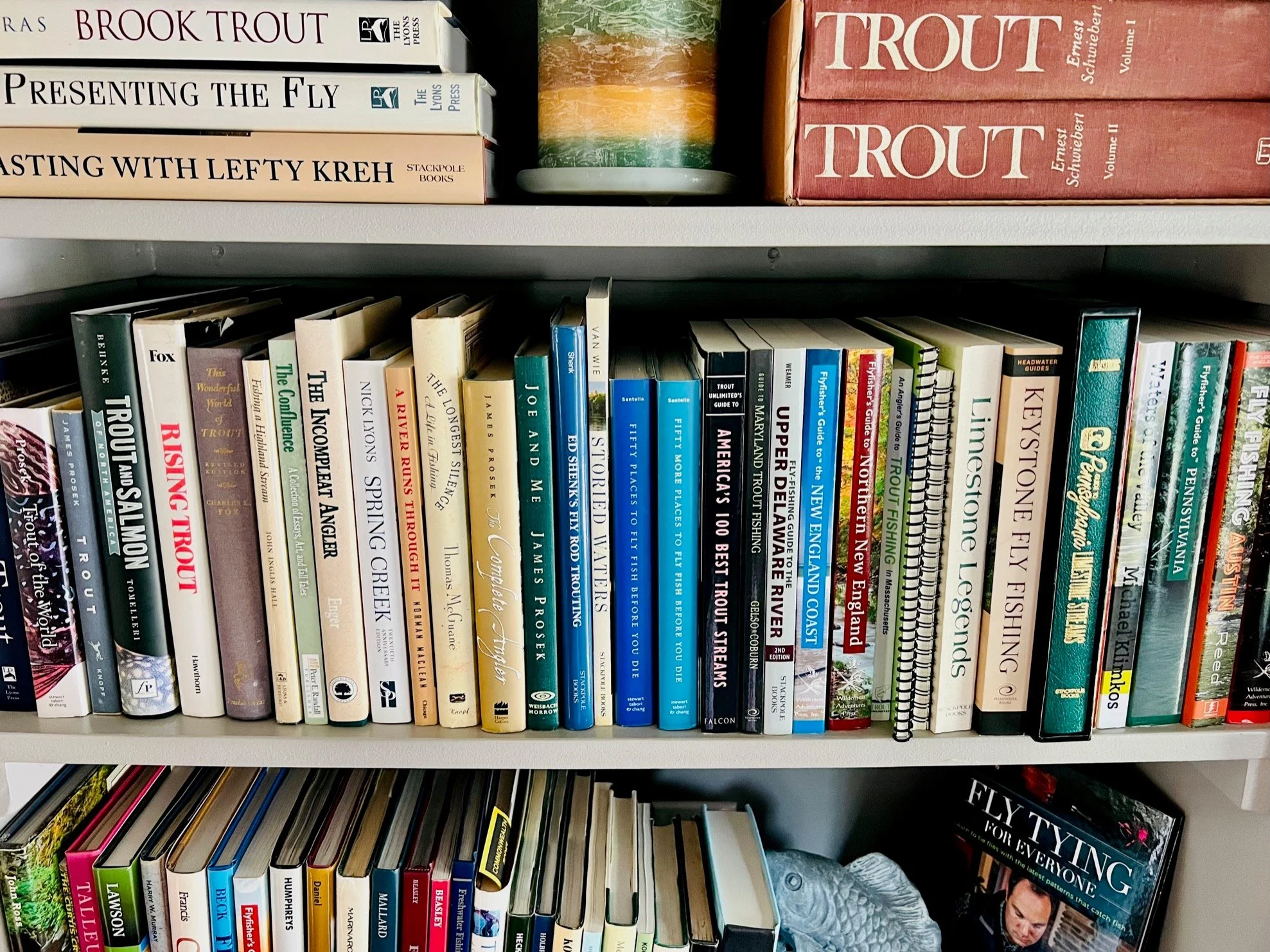






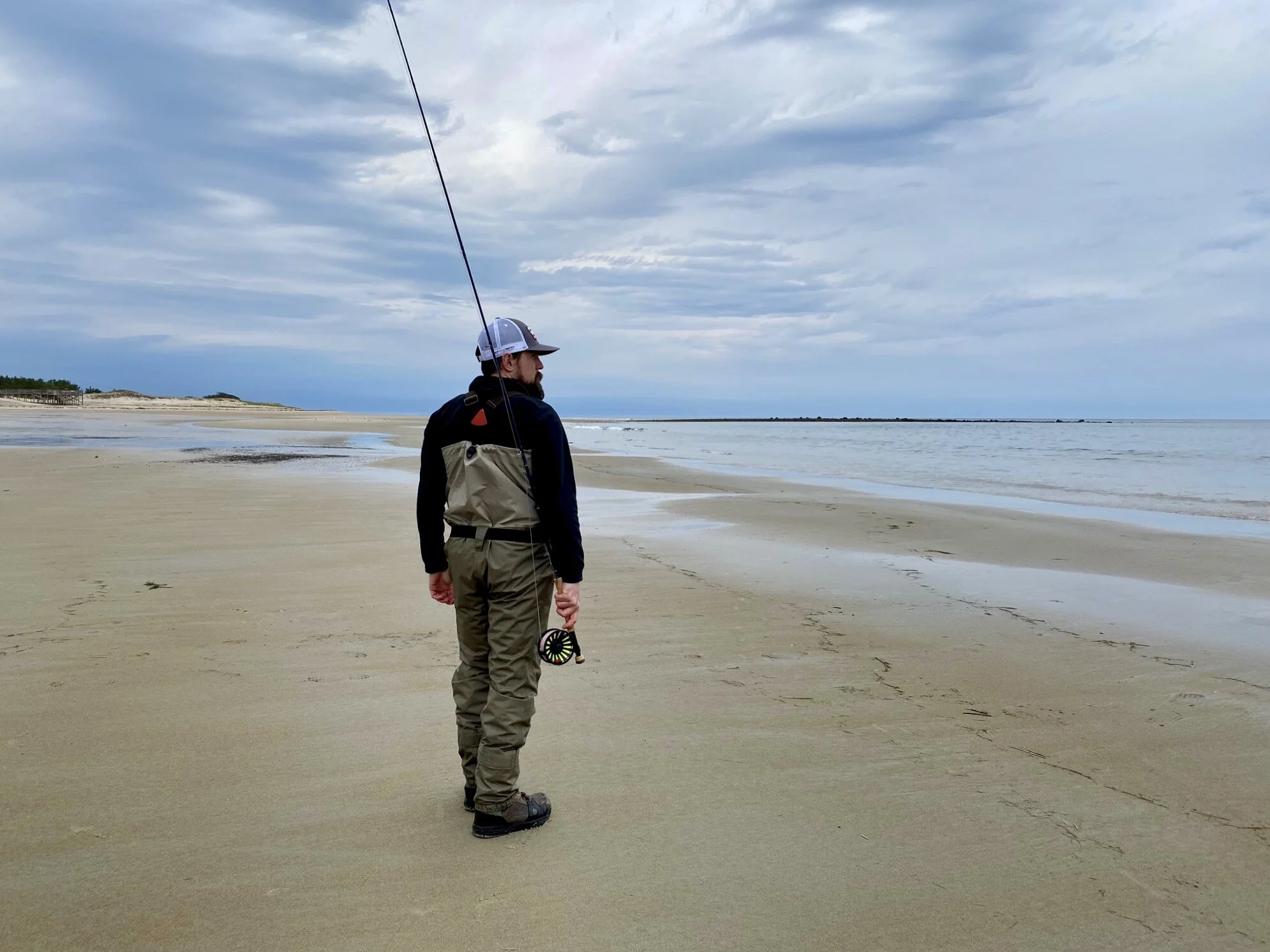
There are plenty of reasons why you might hire a fly fishing guide. The most common reason is that you’re taking a trip, so you want to optimize your angling opportunity. It might also be the case that you have to have a guide to access a particular stretch of water. Or, you could be genuinely interested in learning something from a reputable waterman.
Whether the cost of a day in a drift boat is a splurge or chump change, the investment of time with a guide necessitates that you do more than reach out to the first person Google hands you. With a few simple steps, your day out with a professional has the potential to yield a lot more than a good number of fish.